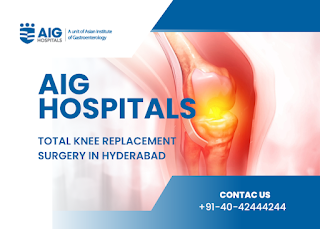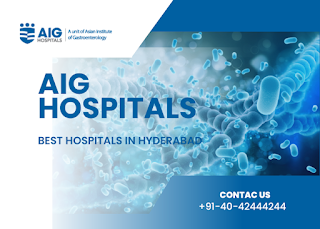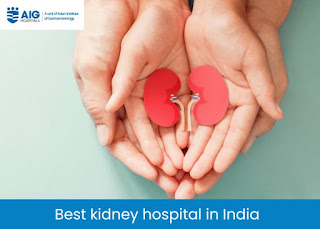Bone Marrow Transplant
Bone Marrow Transplant Hospital in India is a medical procedure done to replace damaged bone marrow with healthy bone marrow cells. In this, the stem cells from the bone marrow, which are responsible for producing various blood cells like red blood cells, white blood cells and platelets, are injected in a recipient after a short course of chemotherapy called "Conditioning".
When is BMT required?
You may experience following symptoms:
·
Skin
lesions- Plasma cells may form purple lumps
·
Painless
Swollen lymph nodes in neck, armpits or groin
·
Abdominal
pain or swelling
·
Increased
sensitivity in lymph nodes
·
Extreme
palpitations
·
Easy
bruising and bleeding
·
Enlarged
Spleen and liver
·
Congenital
conditions like short stature, abnormalities of skin, head, ears and
development disabilities.
Types of Transplants
This procedure is found to be extremely effective in
various Haematological (related to blood) and Oncological (related to cancer)
conditions such as leukaemia, lymphoma, and multiple myeloma. Different types
of hematopoietic stem cell transplant are as follows:
Autologous Hematopoietic
Stem Cell Transplantation
This transplantation
procedure involves
using a patient's own stem cells. These stem cells are generally collected from
vein of body using a cell separator machine after giving the patient growth
factor injections for 4-5 days. After collecting adequate stem cells, patient
is given high doses of chemotherapy which kills the disease.
Indications: Multiple
myeloma, Lymphoma, Acute Myeloid Leukemia, Neuroblastoma, Certain Brain Tumors
Allogeneic Hematopoietic
Stem cell Transplantation
Stem cells are taken from another person, called a donor.
The donor must partly match the patient genetically and special blood tests are
done to check if the donor is a good match. A brother or sister and sometimes
other family members are most likely to be a good match.
Indications:
·
Thalassemia
·
Sickle cell anaemia
·
Fanconi anaemia
·
Pure red cell aplasia
·
Metabolic disorders like Gaucher's disease
·
Krabbe's disease
·
Immunodeficiency states-SCID
·
leukocyte adhesion deficiency
·
Hemophagocytic lymphohistiocytosis
·
Acute lymphoblastic leukaemia (ALL)
·
Acute myeloid leukaemia (AML)
·
Chronic myeloid leukaemia (CML).
Is Surgery required?
It is “rarely” required. Only when donor
is very small then the stem cells are collected by bone marrow aspirations.
Mostly, stem cells are collected via peripheral vein and the whole procedure is
like donating blood or platelets.
Is there any Risk to Donor?
It is an extremely safe procedure for the donor and the
patient can return to normalcy within 6 months- 1year post successful
transplant. The modern day advancements are such that the risk to donor is
nearly negligible. However, they may get fever and or body pain for 1 day or so
whichever is manageable. The donor need not be admitted and does not require
anesthesia.
What happens if there is
no donor available?
These days we can do unrelated donor search from
international bone marrow donor registries. There are already several patients
who have been benefitted from transplants with bone marrow or stem cells being
donated at international centers and brought to India.
.png)



Comments
Post a Comment